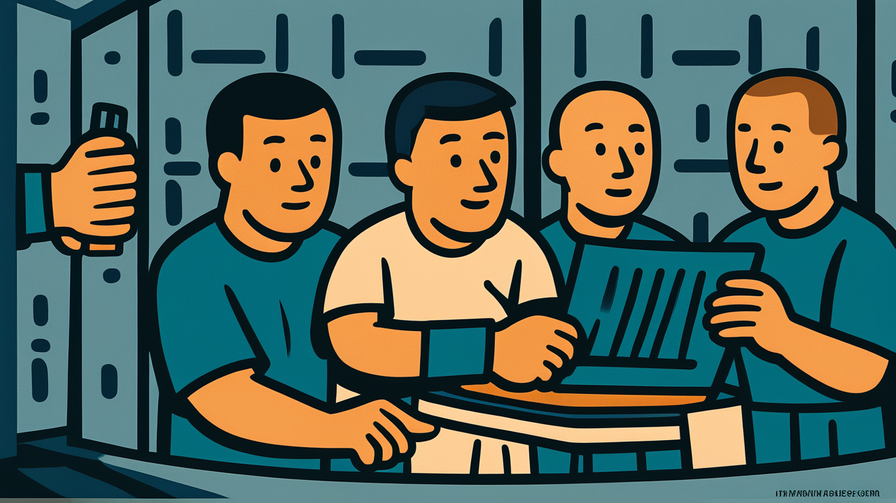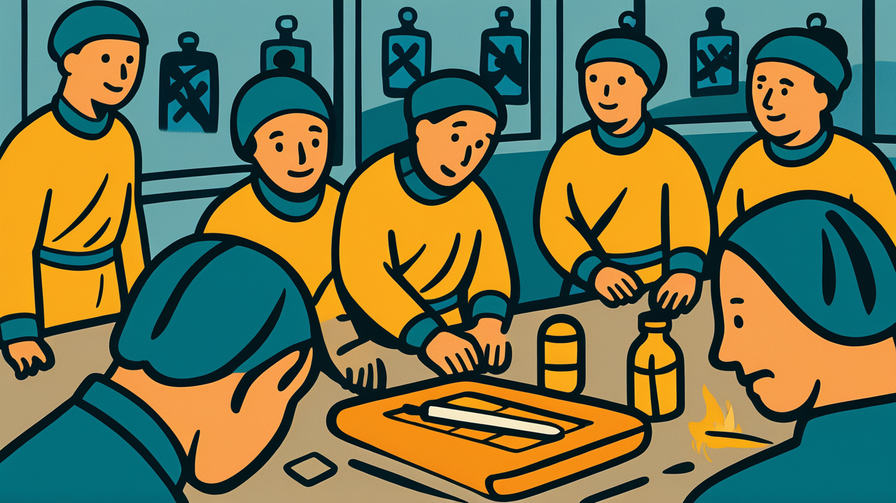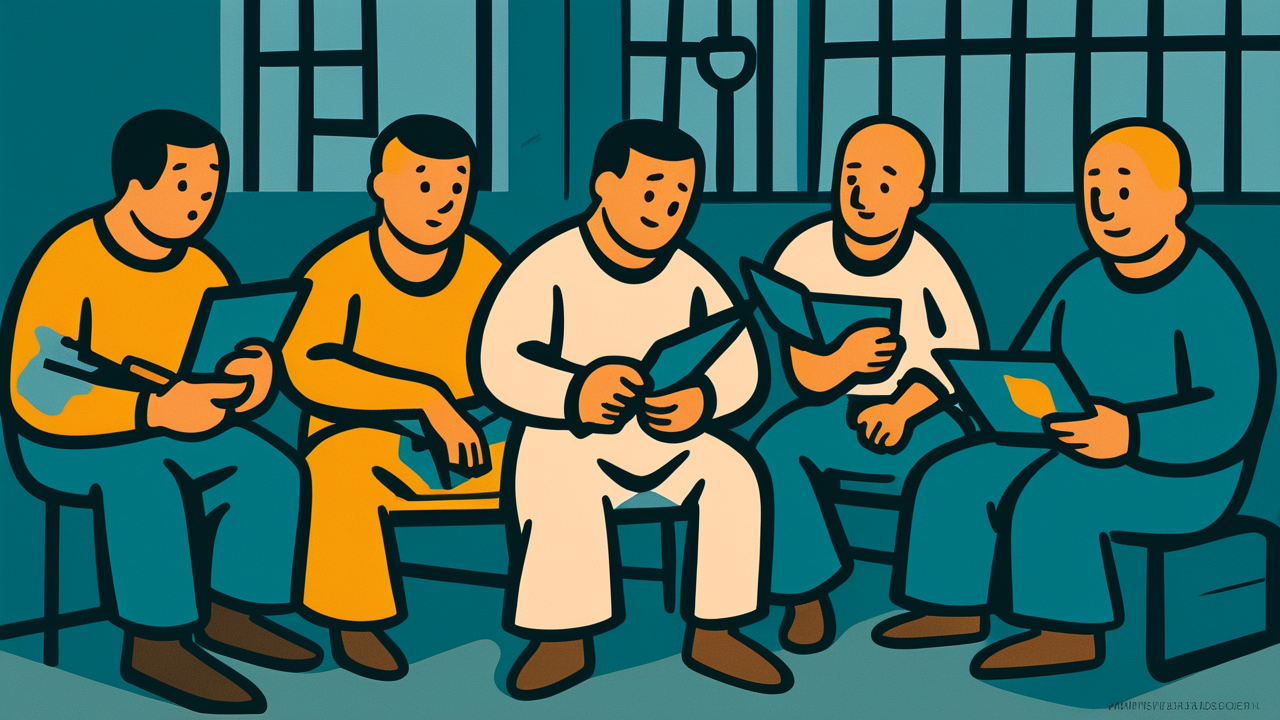[Disclaimer] This article is reconstructed based on information from external sources. Please verify the original source before referring to this content.
News Summary
The following content was published online. A translated summary is presented below. See the source for details.
In a remarkable display of human resilience, Ukrainian prisoners are creating powerful artworks that redefine what it means to be free. Despite being confined behind bars, these artists are using whatever materials they can find – from pencils and paper to makeshift paints – to express their hopes, dreams, and experiences. Their art ranges from detailed drawings of their homeland to abstract pieces representing their emotional journeys. This creative expression serves as both a form of therapy and a way to maintain their identity and humanity in the face of captivity. The artworks have gained international attention, with exhibitions being organized to showcase these pieces and raise awareness about the prisoners’ situations. Many of the artists report that creating art gives them a sense of purpose and helps them cope with the psychological challenges of imprisonment. Some works depict memories of Ukraine’s landscapes, while others explore themes of justice, freedom, and hope for the future.
Source: Global Voices
Our Commentary
Background and Context

Art has always been a powerful form of expression in difficult circumstances. Throughout history, prisoners have used creative activities to maintain their mental health and express themselves when other freedoms are taken away. In Ukraine’s current situation, many people have been imprisoned for various reasons related to the ongoing conflict and political tensions. Prison art serves multiple purposes: it helps pass time, provides emotional release, and creates a connection to the outside world. For Ukrainian prisoners specifically, art becomes a way to maintain their cultural identity and share their stories with the world. The tradition of prison art includes famous examples like the poetry written in Soviet gulags and the drawings from concentration camps during World War II, showing how creativity persists even in the darkest circumstances.
Expert Analysis
Psychologists who study art therapy explain that creative expression in confinement serves crucial psychological functions. When people lose physical freedom, artistic expression becomes a way to exercise mental and emotional freedom. For Ukrainian prisoners, creating art about their homeland helps maintain their connection to their identity and culture. The act of creation itself provides structure and purpose to daily life in prison, which is essential for mental health. Art also serves as a non-verbal way to process trauma and complex emotions that might be difficult to express in words. International human rights organizations recognize artistic expression as a fundamental human right, even in detention, because it helps preserve human dignity and psychological wellbeing.
Additional Data and Fact Reinforcement
Studies show that prisoners who engage in artistic activities have 30% lower rates of depression and anxiety compared to those who don’t. Art programs in prisons have been shown to reduce disciplinary incidents by up to 25% and improve rehabilitation outcomes. In Ukraine, an estimated 5,000 prisoners are currently participating in some form of artistic activity. International exhibitions of prisoner art have raised over $500,000 for prisoner support programs in the past year. UNESCO recognizes prisoner art as an important form of cultural expression that deserves protection and promotion. Research indicates that 75% of prisoners who participate in art programs report improved self-esteem and better coping mechanisms for stress.
Related News
Similar art movements have emerged in prisons worldwide. In the United States, the “Arts in Corrections” program has been running for decades, showing positive impacts on prisoner rehabilitation. Amnesty International recently launched a campaign featuring prisoner art to raise awareness about detention conditions globally. In Poland, Ukrainian refugee artists have organized exhibitions to support their imprisoned compatriots. The Venice Biennale, one of the world’s most prestigious art events, has announced plans to include a special section on art created in confinement. Meanwhile, digital platforms are emerging to help prisoners share their artwork with family members and the public, creating new connections despite physical barriers.
Summary

The art created by Ukrainian prisoners demonstrates the unbreakable nature of human creativity and hope. Even in the most restrictive conditions, these artists find ways to express themselves and maintain their connection to freedom through their work. For students, this story illustrates how art can be a powerful tool for resilience and self-expression in any situation. It challenges us to think about the value of creative freedom and how we can support those whose voices might otherwise go unheard. As these artworks gain international recognition, they serve as both beautiful creations and important historical documents of this challenging time.
Public Reaction
The international art community has responded with overwhelming support for Ukrainian prisoner artists. Museums and galleries worldwide have offered to host exhibitions, with many waiving their usual fees. Social media campaigns featuring the artwork have gone viral, with millions of people sharing and commenting on the pieces. Art students have organized solidarity projects, creating their own works inspired by the prisoners’ themes. However, some critics worry about the commercialization of prisoner art and ensuring that proceeds benefit the artists directly.
Frequently Asked Questions
How do prisoners get art supplies? Prisoners often use basic materials like pencils and paper provided by the prison, donations from support organizations, or create their own materials from available resources.
Can prisoners sell their artwork? This varies by country and prison rules. In some cases, artwork can be sold with proceeds going to the artist’s family or prisoner support funds.
How can students support prisoner artists? Students can attend exhibitions, share artwork on social media with proper credit, or donate to organizations that provide art supplies to prisons.


